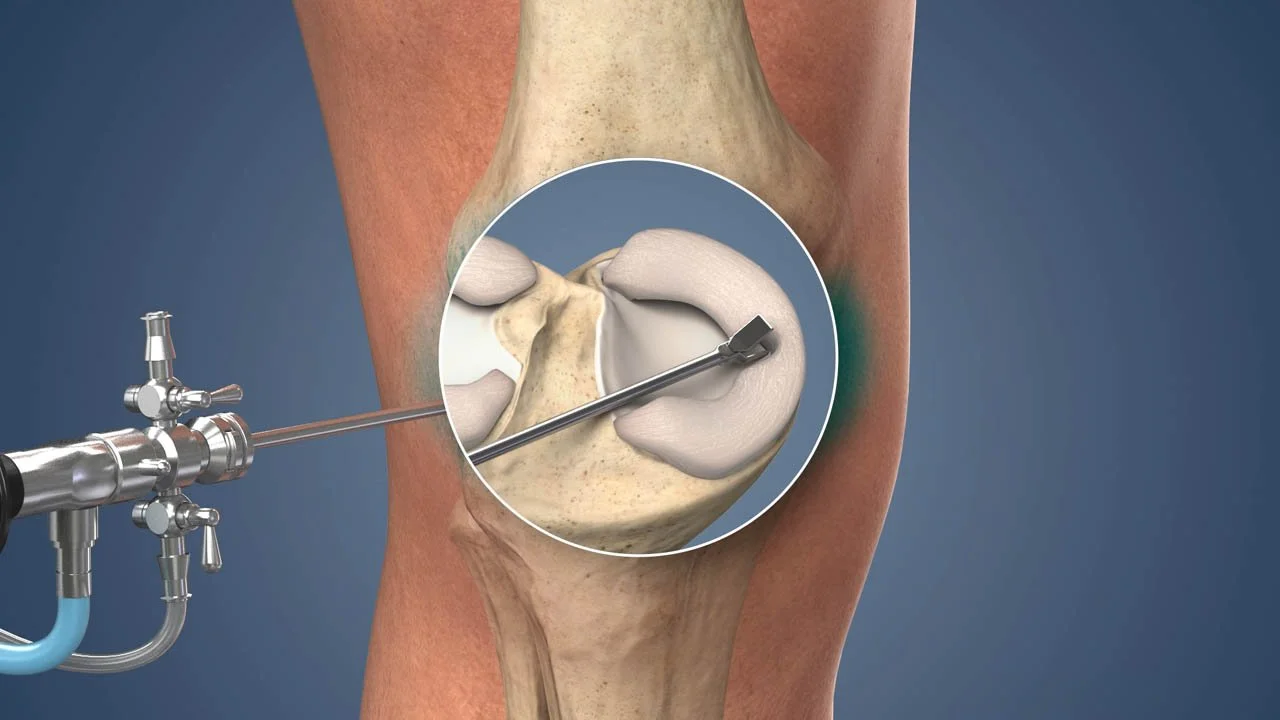Partial Meniscectomy vs Meniscal Repair
Summary
A partial meniscectomy is a surgical procedure to remove a portion of the meniscus, a C-shaped piece of cartilage in the knee that acts as a shock absorber. This procedure is performed arthroscopically, using small incisions and a tiny camera to visualize the joint.
Meniscal repair is a surgical procedure to fix the torn meniscus. This procedure is also performed arthroscopically. The surgeon will use sutures to stitch the torn meniscus back together. This technique allows for the preservation of the meniscus, which can possibly reduce the risk of future arthritis and improve long-term outcome
Benefits of Meniscectomy
Immediate Pain Relief: Removing the damaged portion of the meniscus can alleviate pain and discomfort. Difference can typically be felt immediately after surgery
Less Complex Procedure: A simpler procedure with a lower risk of complications.
Improved Function: The procedure can restore normal knee function and range of motion.
No Restrictions: Range of motion and weight bearing as tolerated immediately after surgery.
Faster Recovery: Recovery is quicker compared to meniscal repair. Full healing is usually about 6 weeks
Preservation of Meniscus Tissue: Repairing the tear allows for the preservation of the meniscus, which is a crucial shock absorber in the knee joint.
Reduced Risk of Arthritis: By preserving the meniscus, the risk of developing osteoarthritis later in life is significantly reduced.
Improved Long-Term Outcomes: Studies have shown that meniscal repair can lead to better long-term outcomes, including reduced pain and improved function if the tear is amenable to repair



